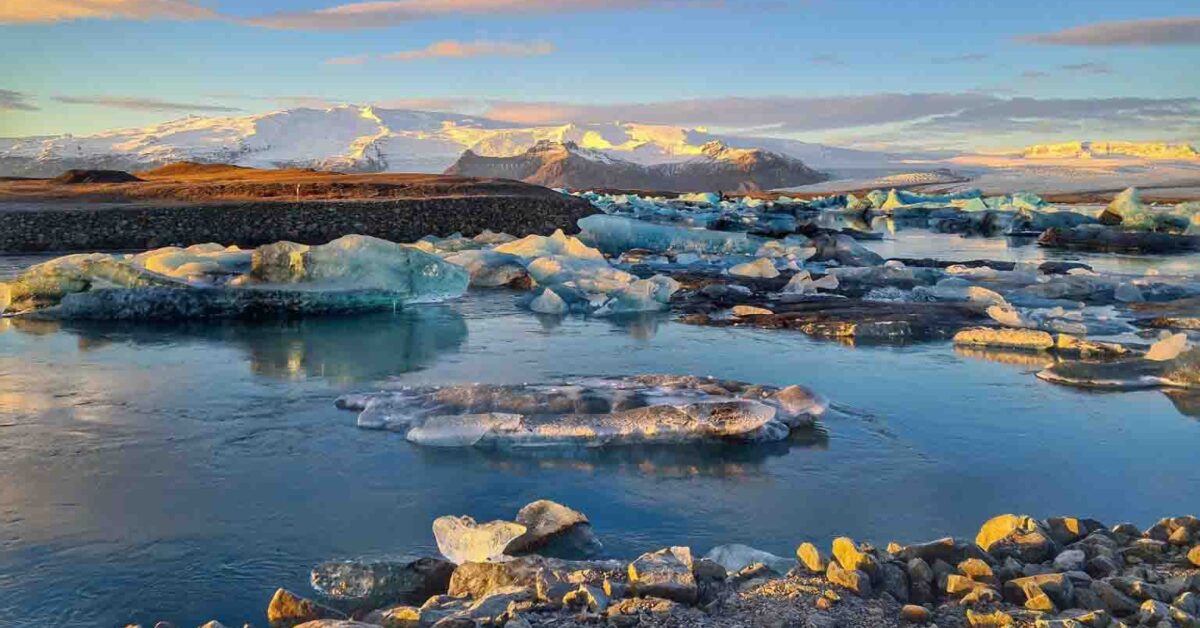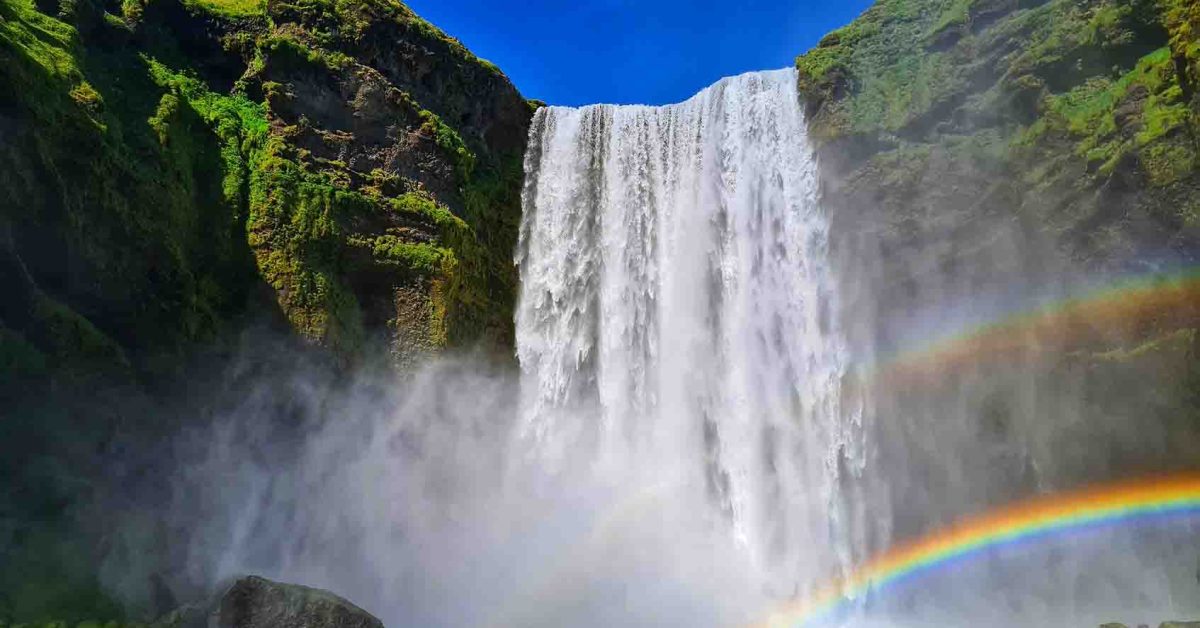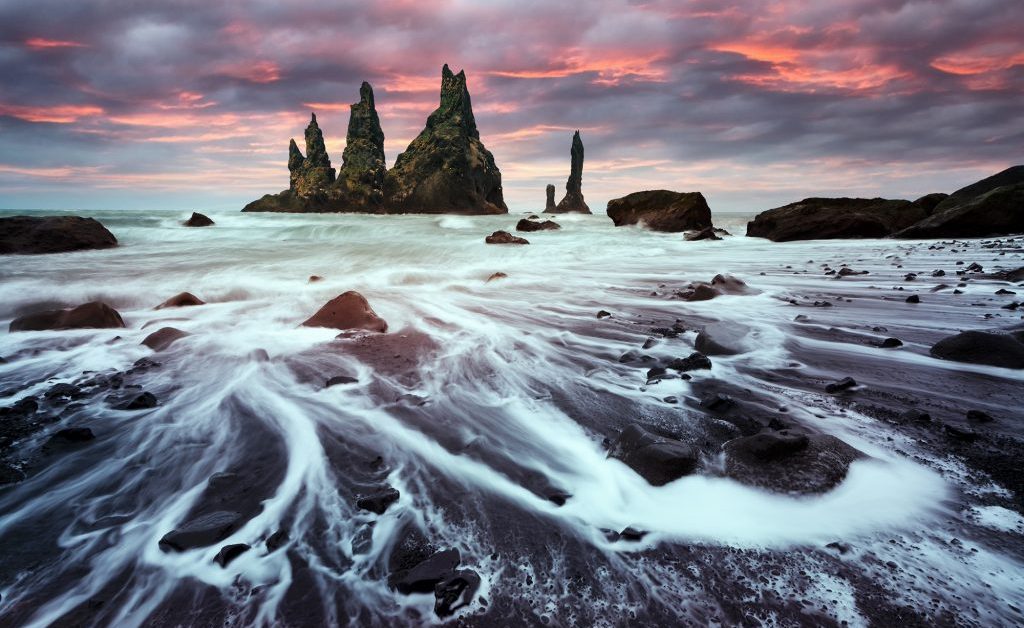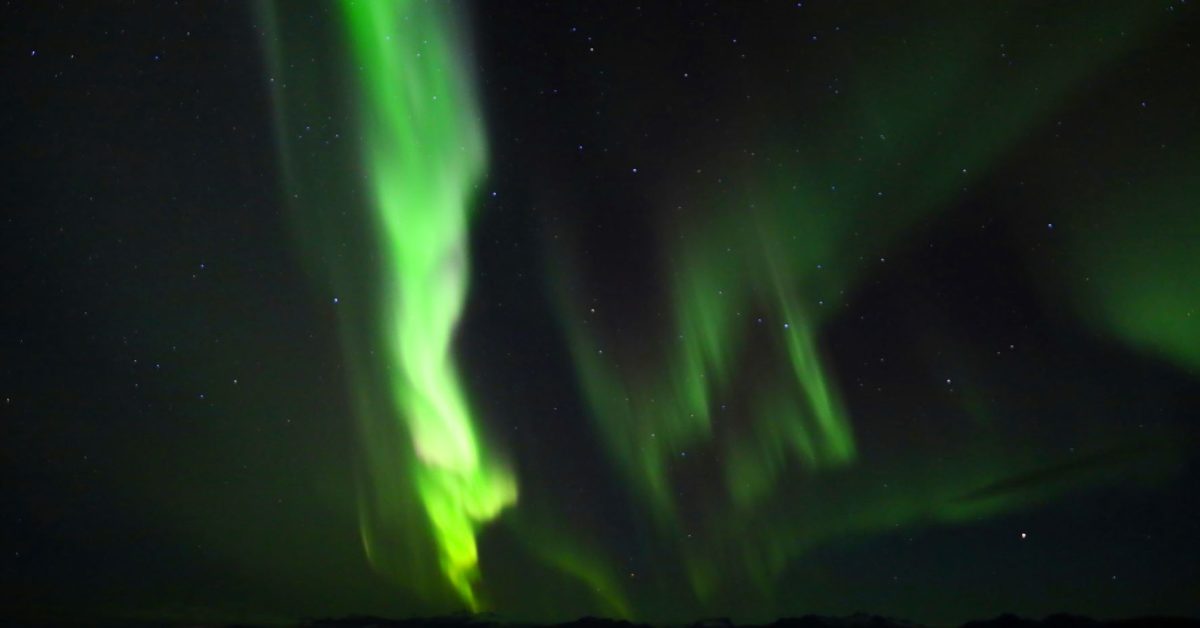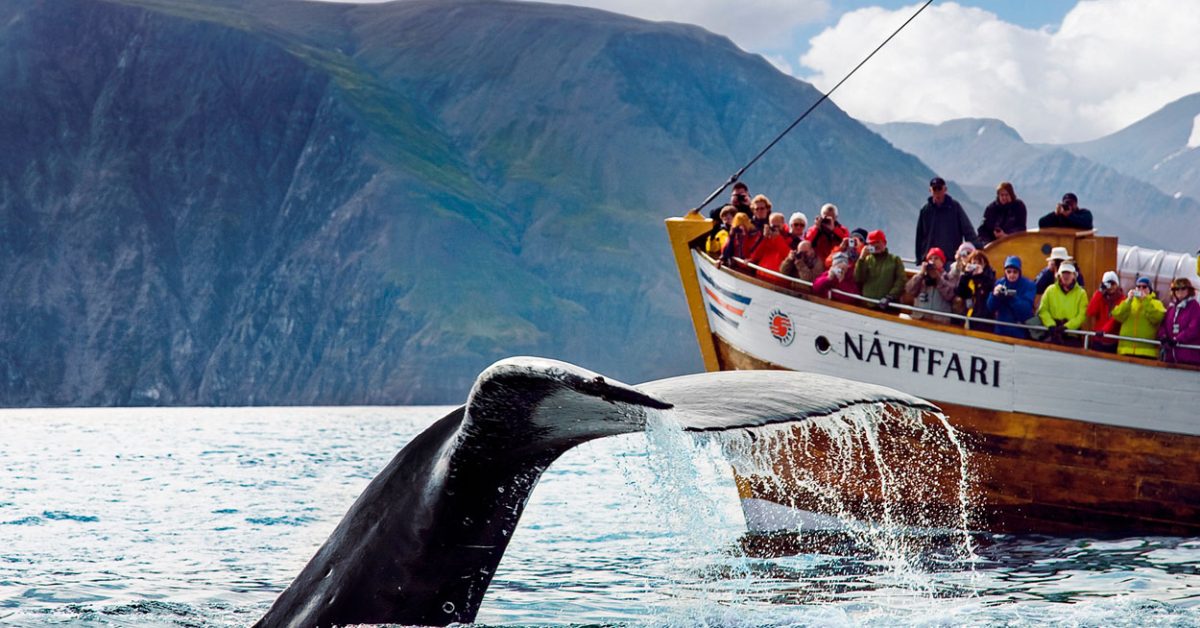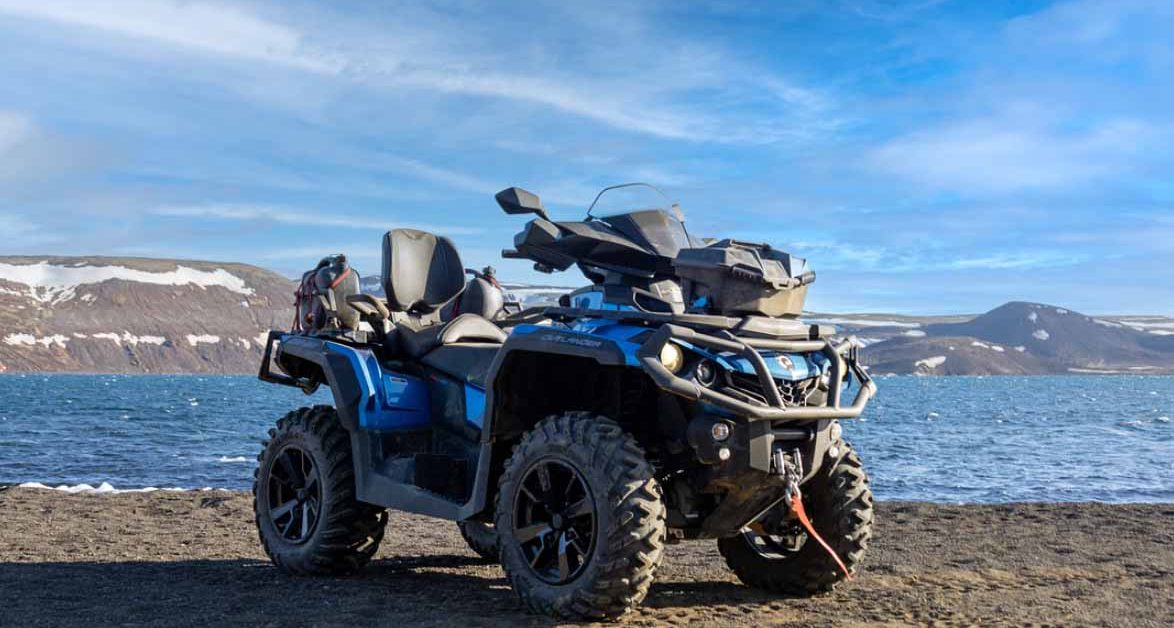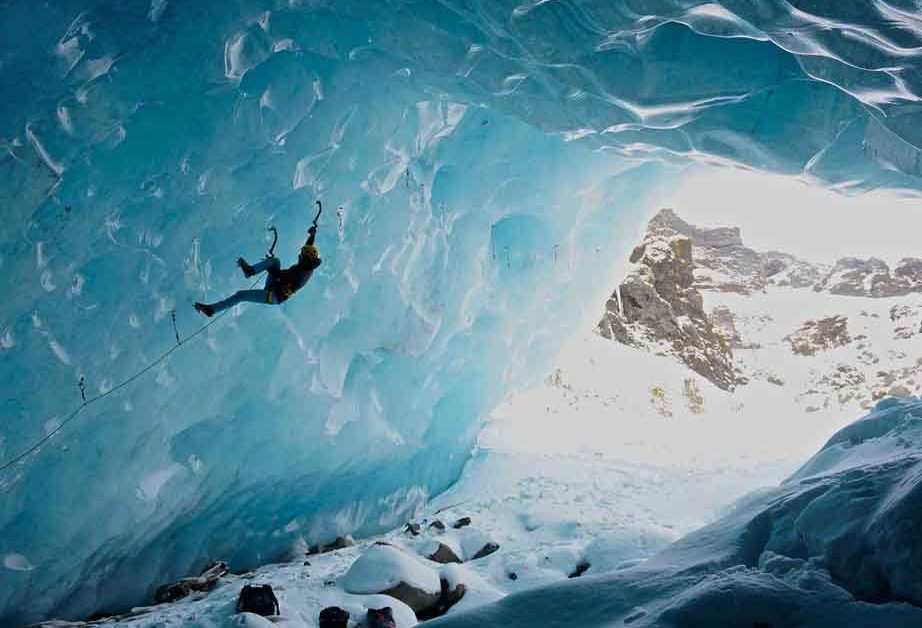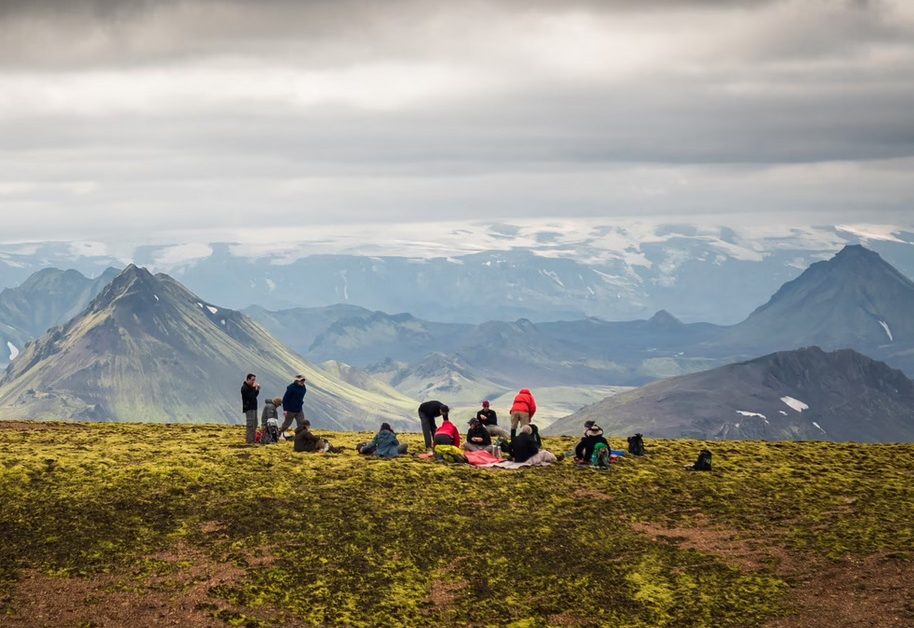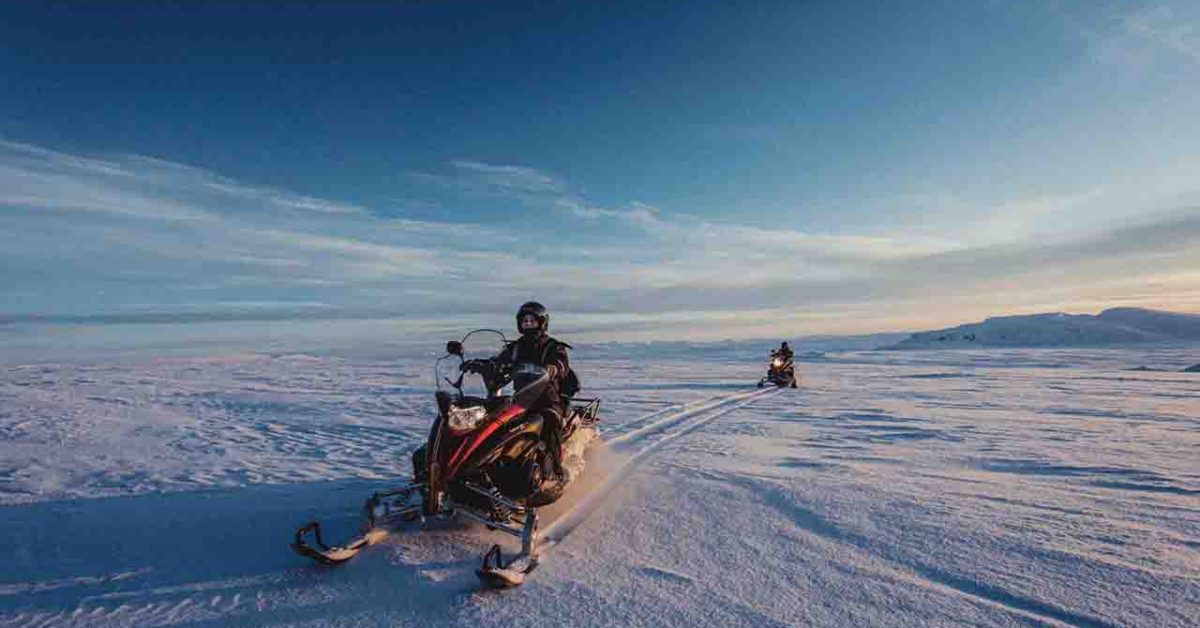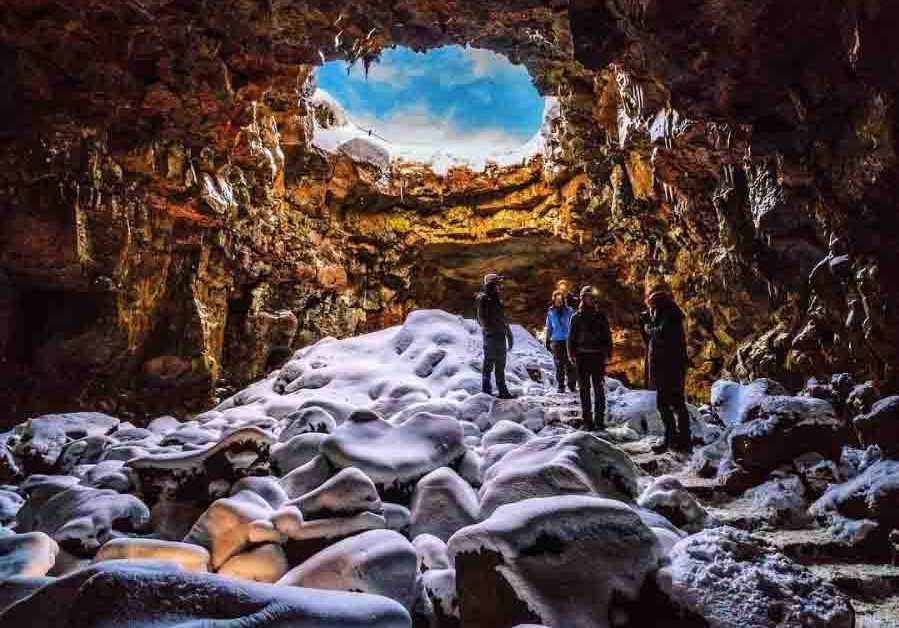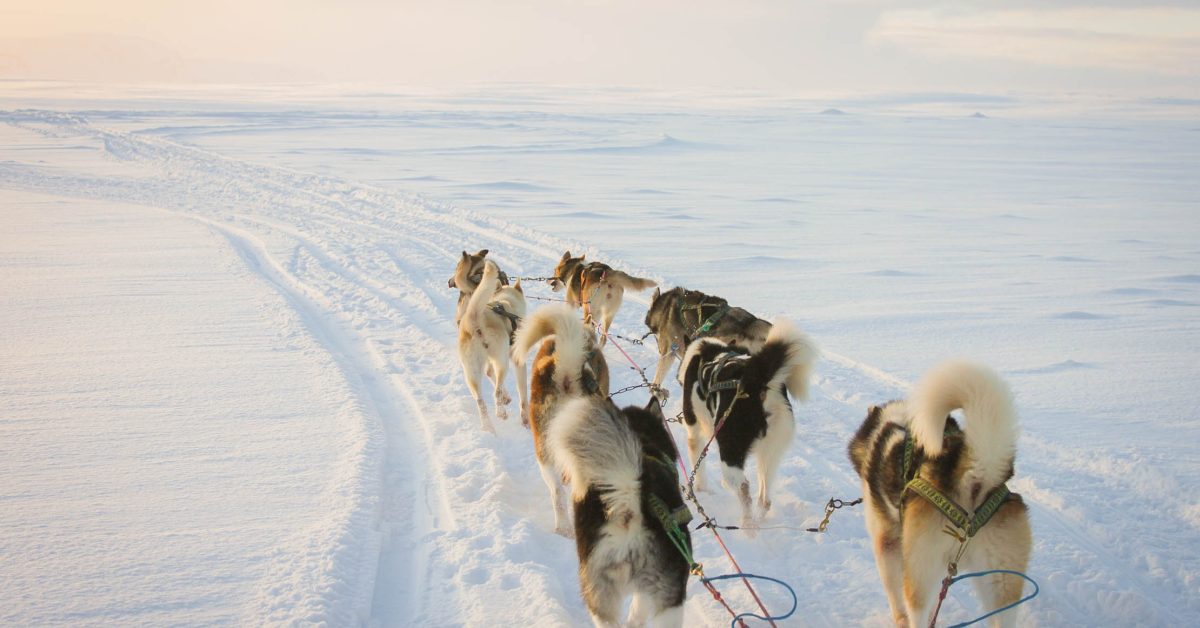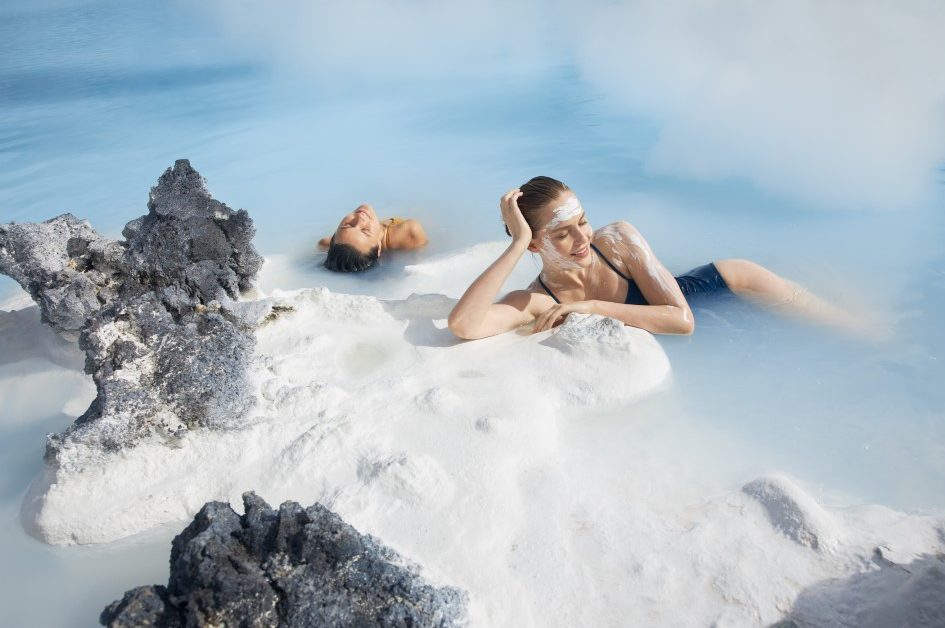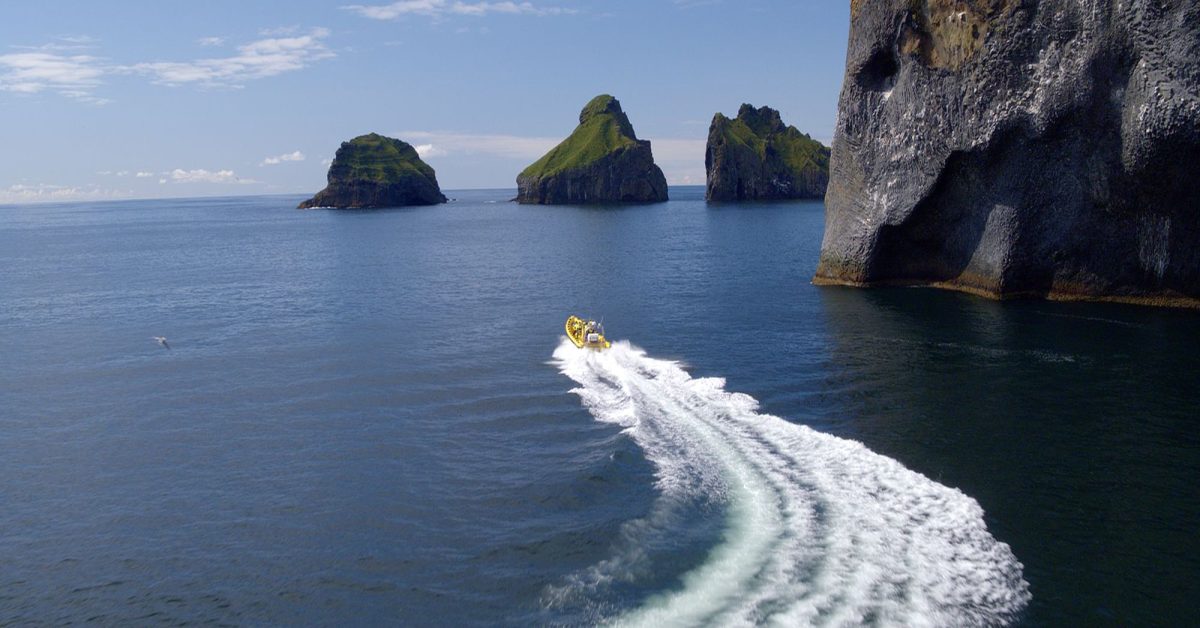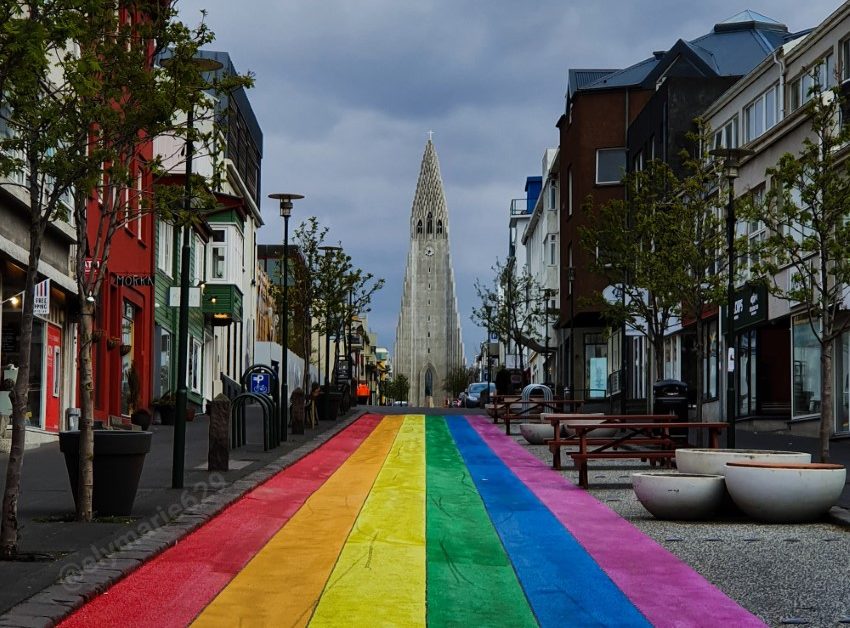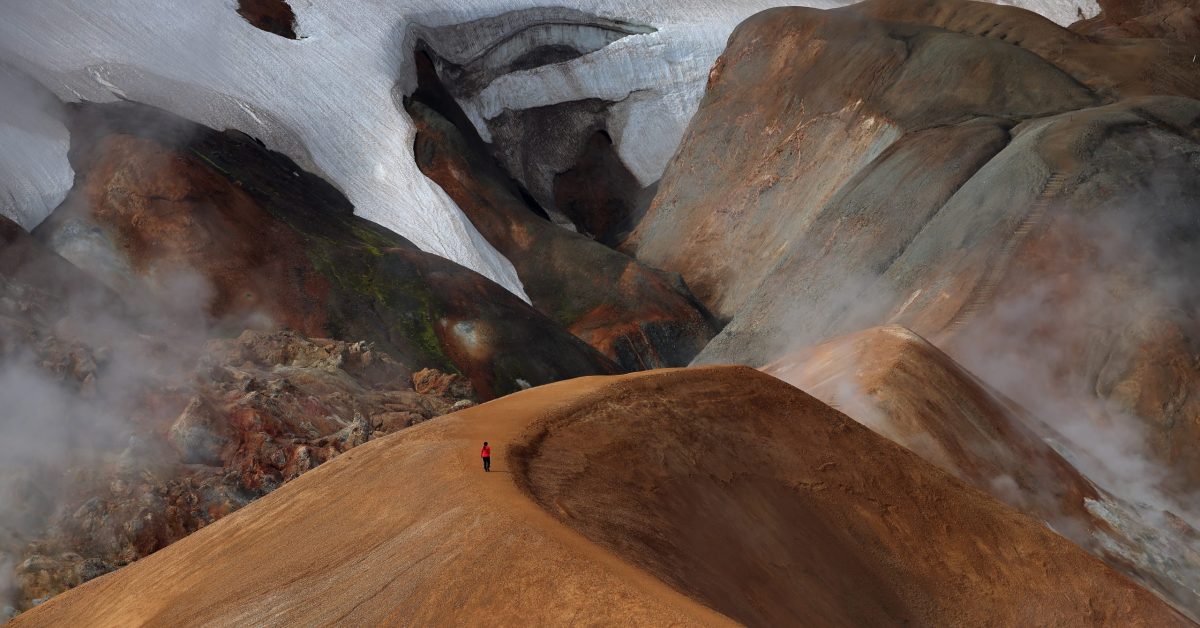Weather in Iceland
Everything you need to know about the weather in Iceland. You must read before driving to Iceland.
Iceland is beautiful and has the most fantastic weather in the world.
From beautiful sunsets…

To dramatic skies…
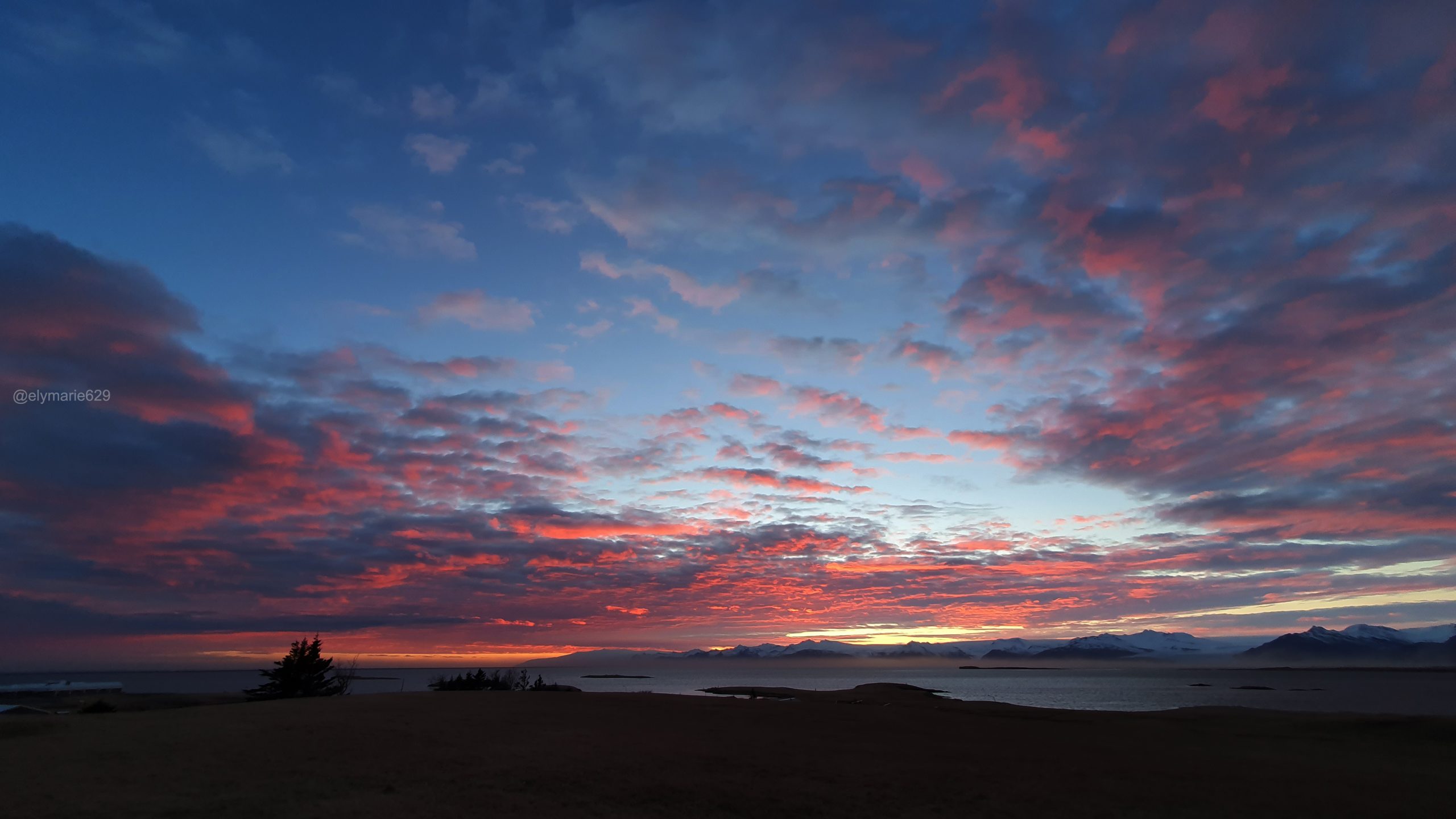
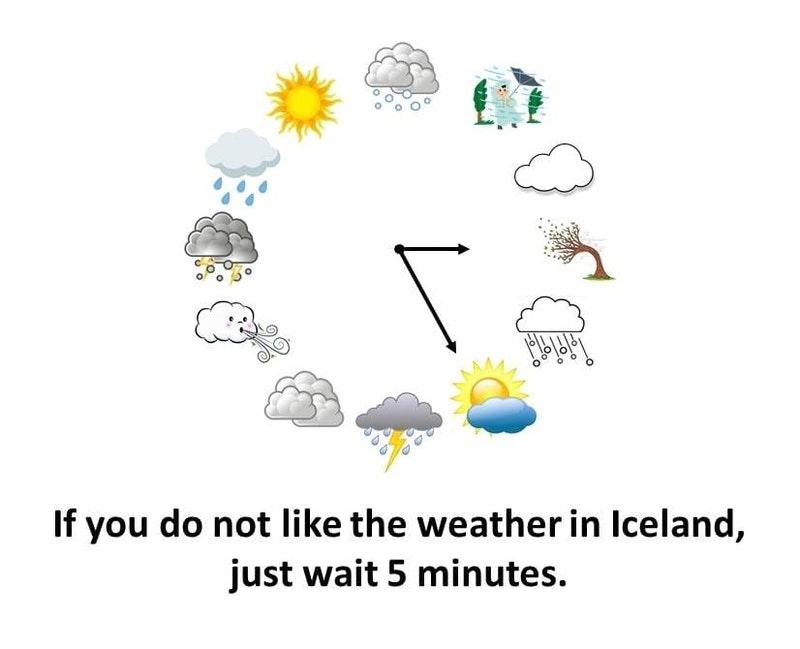
But our weather has its temper. Or I call them mood swings. The mood swings of the Icelandic weather are pretty dramatic, so much so that the locals came up with a saying about it.
Yes, it is that bad or good or fantastic. Whatever you like to call it. You can drive along one stretch of road and have hail, followed by sunshine, then snowstorms, fog, and repeat. How is that even possible? God knows. This is Iceland, and welcome to Iceland.
It would be best if you prepared for our unique, temperamental, and unpredictable weather. The last thing you need is to be caught in a bad storm and ruin your holidays.
#1 Wind
Iceland is number 3 in the world for strong wind. Who is number 1 and 2? The North Pole and Antarctica. We have a lot of wind and some very crazy ones.
This is what our wind forecast looks like.
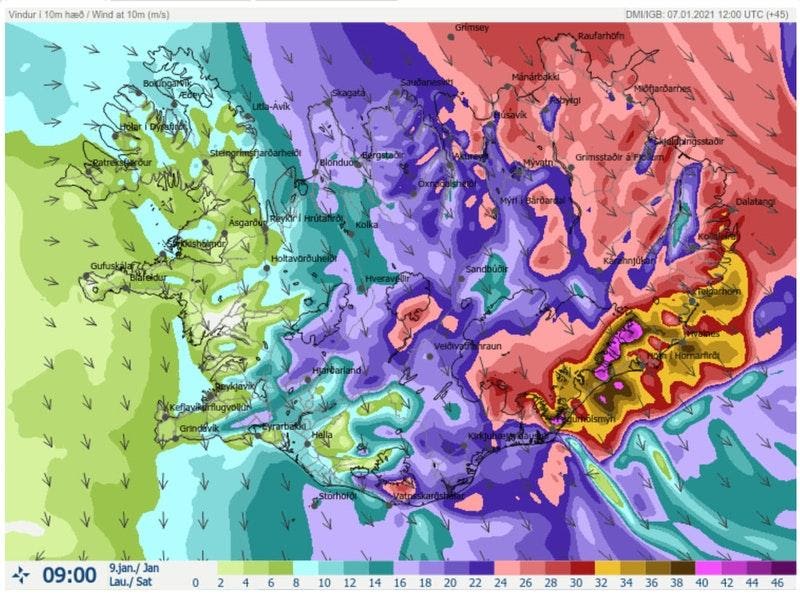
Brown is a category one hurricane. Magenta is a category two hurricane. Weather charts like this are pretty standard, especially during the winter. Occurs maybe once every two weeks.
With wind speed like this, you will probably get weather alerts like this.
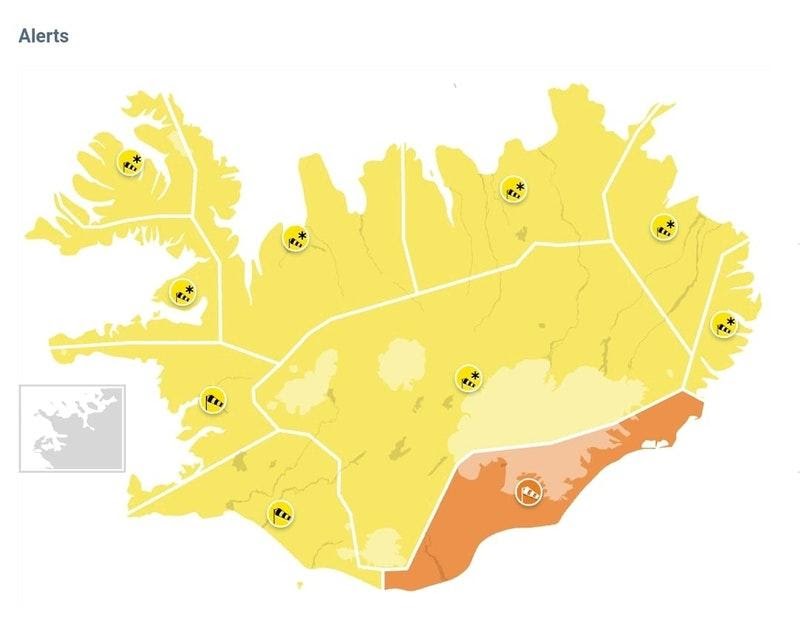
A yellow alert means to drive at your own risk. Orange means don’t go unless it is “life or death”.
By the rule of thumb, all large vehicles are grounded if any wind speed exceeds 25m/s. Large cars, I mean trucks, buses, trailers, etc. If any wind speed is over 32m/s, all vehicles are not advised to travel. If you insist on driving and fly off the road, the insurance company might not cover the damages.
Always check the weather before heading out. Plan and make plans for changes. If you are unsure how to go about it, get a local travel designer to plan your trip.
#2 More Wind
Can there be more wind than this? Of course!
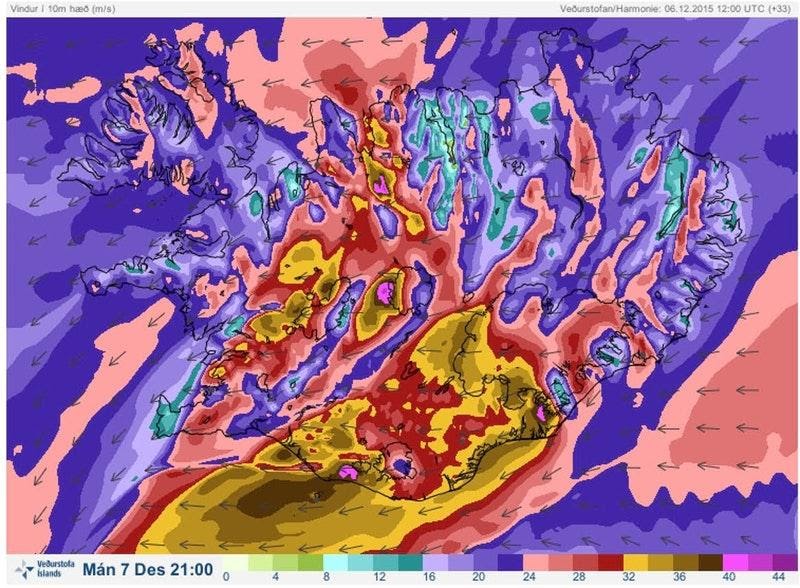
Once in a blue moon, we will have weather like this, a red alert. Roads are closed, and you probably won’t be able to go anywhere.
There will be road signs like this.

It says, “The road is closed due to weather”; if you insist on driving on, whatever happens is your problem.
#3 Ice
Okay, now that we have dealt with the worst of them all, ice cannot be that bad, right? Yes, it is not that bad; it is just different kinds of wrong.
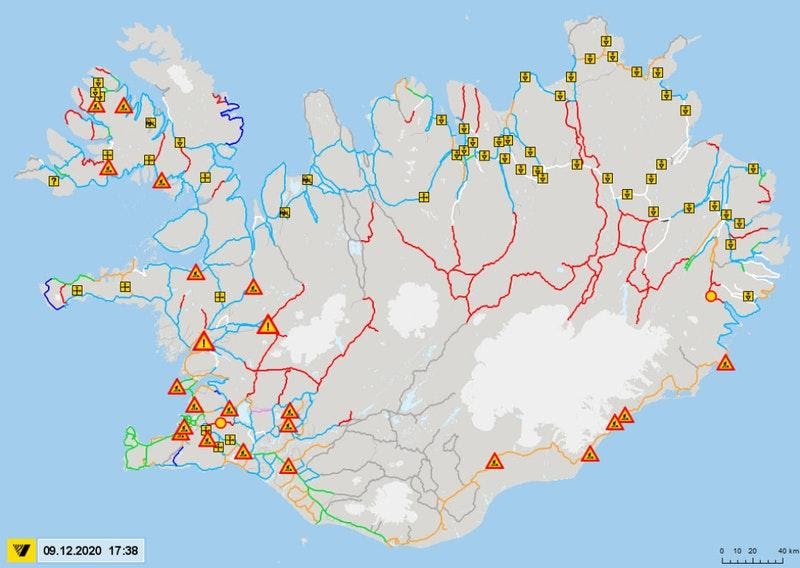
You can find the road conditions like the picture above on www.road.is. It is updated several times a day.
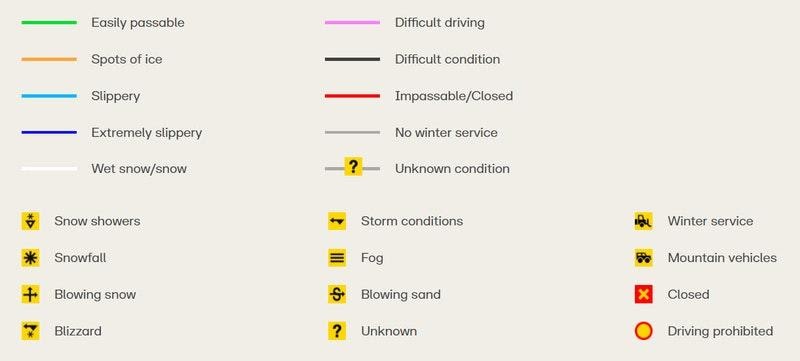
These are what the colours mean.
Green – the road is normal; drive like normal.
Orange is a little ice or snow, but it should not cause problems; pay attention when driving.
Light Blue – Slippery road, drive with care.
Dark Blue is a highly slippery road; if you do not have spikes on your tires, don’t even think about driving. It is still tricky even if you have spikes, so go slowly and carefully.
White – The Road is covered in 10cm of snow; if you are in a Lamborghini or Ferrari, you won’t be able to pass cos you are too low.
Pink – Difficult road, 10-20 cm of snow. Only 4×4 vehicles can manage these roads.
Black – Tough road, more than 20cm of snow. Only large jeeps (aka super jeeps) can manage these roads.
Red – Closed/Impassable. Simple. It’s closed. If you insist on using this road, whatever happens is your problem.
Gray/Gray with a question mark – No winter service. Nobody is using this road or monitoring it, so nobody knows what the road conditions are. So you can find out if you want to, and we will read about it in the news.
So, what’s the big deal about ice?
No big deal. The car will glide in whichever direction it wants, and turning the steering wheel will not do anything. The vehicle eventually stops when it hits something, like a wall, rock, or another car.
So, driving on a highly icy road is the same as leaving your life in the hands of fate. Whatever happens, happens, and there is nothing you can do about it, maybe except to not even drive in that condition, to begin with.
The emergency number in Iceland is 112.
#4 Snow
Snow is not so bad. It is pretty and fluffy except when it comes straight at your face, and you cannot see where you are going.
It is expected to see cars ending up in a snow ditch during winter because the road is not entirely visible, and the driver ends up driving off the road.
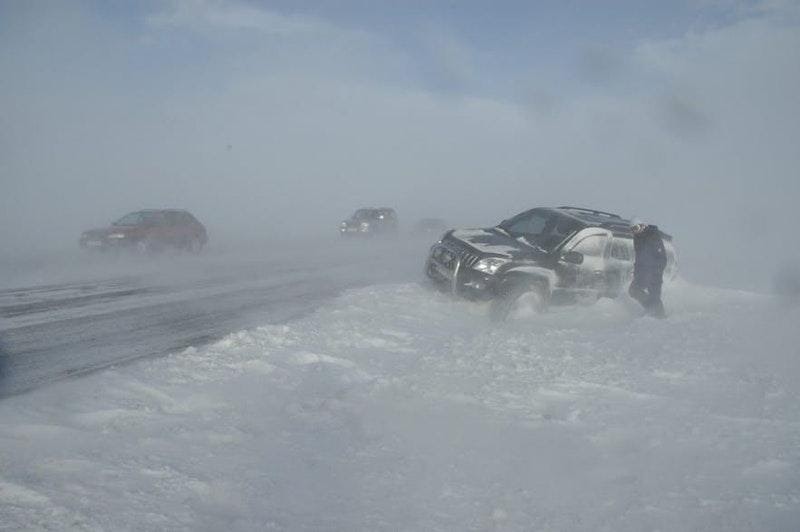
Driving in snowing weather is not as easy as many might imagine. If you have never done this before, be extra careful. Read up on some tips on driving in snow and understand how to handle your vehicle before heading out.
Snowy and icy conditions usually go hand-in-hand, so two bad things do not make one good.
#5 Hail
This is painful. It is like being stabbed by thousands of ice needles or having thousands of golf balls shot at you. Not pleasant at all. When it hails, find shelter fast.

Although golf-ball-sized hailing is not very common in Iceland, the usual hailing is painful enough.
If you are driving when it hails, keep going. Don’t stop. The hail might not kill you, but stop in the middle of the road will. If it is hailing very badly and you need to stop, find a safe place to stop by the side of the highway.
#6 Rain
Rain is mostly nothing. We do not have downpours in Iceland like in tropical or temperate countries. Our rain falls horizontally. Umbrellas don’t work in Iceland, so most people do not even own one. Get yourself a raincoat or a waterproof outer shell. That will be good enough to keep you dry (kind of).
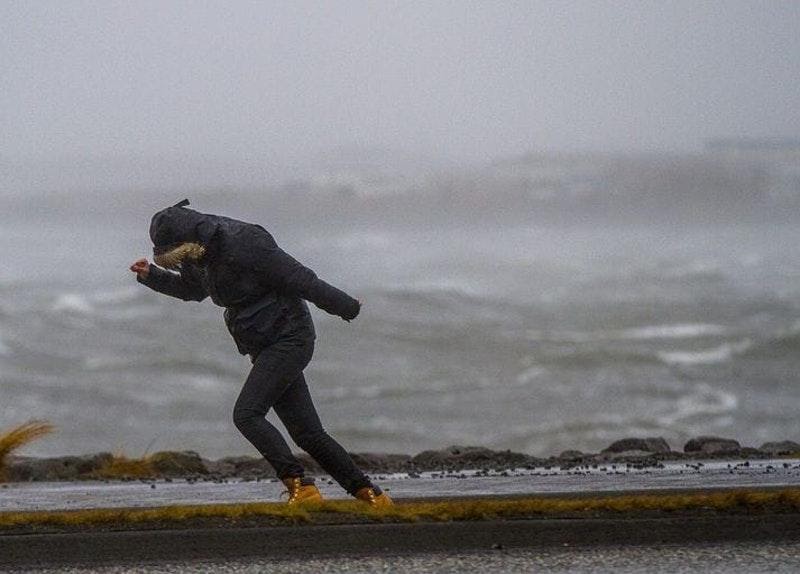
The thing about too much rain is that it might cause landslides, which you might need to take note of, especially if you will be driving in the fjords.
Check https://en.vedur.is/ for any warnings.
#7 Fog
It is not ideal to drive in fog as visibility is low. You can move slowly and carefully if you know where you are going. Otherwise, finding a safe place to stop and wait out will be better. And turn on your fog light in the car.
Fog causes disorientation, and it won’t be good if you are hiking without a clear path. People have gotten lost in the mist and are far from where they thought they should be.
Fog is not scary, but getting lost in a fog might put you in a dangerous situation, and that can be scary. If you are unsure where you are going, it will be better to wait it out.
With all these said, be careful when travelling in Iceland. People have died messing with the weather here, so please do not add yourself to the body count.
The emergency contact number is 112.
The weather forecast website is www.vedur.is.
Just be careful, be informed, and know what you are doing. Have fun in Iceland.













